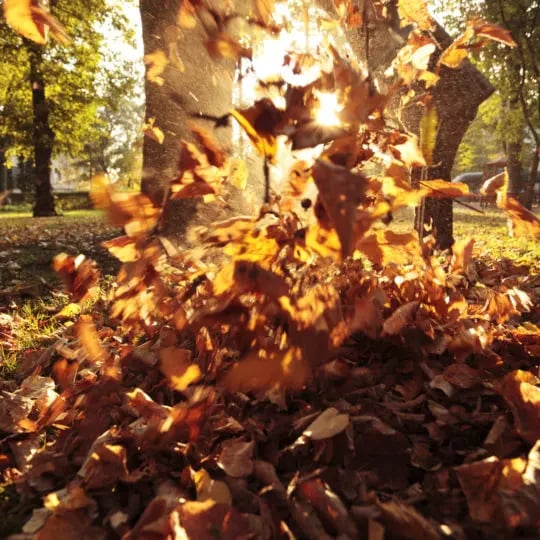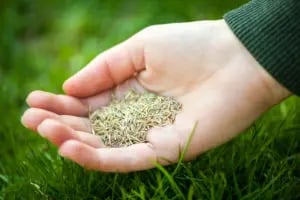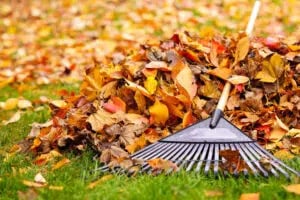Your Fall Lawn Care Guide

It’s officially autumn! Now that you’ve made it through the most demanding time of the year for lawn care, your to-do list is getting shorter. Before you can put away all your lawn care tools for the year, there are a few things left to do. Use this fall lawn care guide to help you set your lawn up for success next year.
Your Fall Lawn Care Guide
1. Aeration
Aerating your lawn is one of the most important things you can do to set it up for success. Aeration alieves compaction, ensuring your grass roots have much-needed access to oxygen and room to grow. You can either purchase a manual aerator or rent one from your local store if you’d rather do this yourself.
 2. Overseed
2. Overseed
As the term suggests, overseeding your lawn entails adding an excessive amount of seed to ensure germinating success. It’s an important part of your fall lawn care because worn-out, patchy lawns invite unwanted guests like weeds and diseases. It’s a great addition to your aeration efforts because there are pockets for the seeds to take root in the soil.
For residents in Pennsylvania, Delaware, and New Jersey, it’s recommended to overseed with ryegrass and tall fescue, which thrive best in this area. It takes between 10 and 30 days for these cool-weather grass seeds to germinate. Both types of grass promote green color, thickness, and vigor.
3. Clean yard waste
It might be tempting leave the leaves on your lawn for another day, but your lawn waste provides the perfect environment for fungi and critters to thrive. This extra layer on top of your grass creates a cozy, temperature-stable space for chipmunks, mice, rats, rabbits, skunks, snakes, toads, insects, and more. Unfortunately, if that leaf pile is close to your home, these critters might even get the idea to sneak into your house.
4. Mow your lawn
Continue your normal mowing schedule into the early fall. For your last mow of the season, the ideal height is around 2-1/2″. Your grass might continue to grow after the last cut, and this height gives it a little bit of wiggle room without it becoming unruly in a few weeks. Plus, it won’t become too high or be a safe haven for little critters. This height is probably the lowest you’ve mowed all year, though you need to be careful to hit that sweet spot. Too low and your grass might not be long enough to photosynthesize and provide essential nutrients to the roots. Too high and frost and it might become a matted mess after heavy snowfall.
5. Kill your lawn’s weeds
Now is a good time to fend off the perennial weeds that will come back in the springtime to plague your lawn again. In fact, it’s actually considered the best time of year to control weeds because the weeds are storing energy in the root system rather than using energy to grow like in the spring and summer. This makes them more susceptible to herbicide applications. If you’re going to use weedkiller now, be sure to allow up to two to three weeks before putting seed down, or you might risk hurting the sensitive seedlings.
6. Call Green Lawn Fertilizing
We know just what your lawn needs now for a healthy growing season next year. Whether you just need help with aeration or you want a green lawn year-round, we’re your local team serving residents and businesses in Pennsylvania, New Jersey, and Delaware. Call us today at 855-469-0692 for a free quote and to schedule a service.